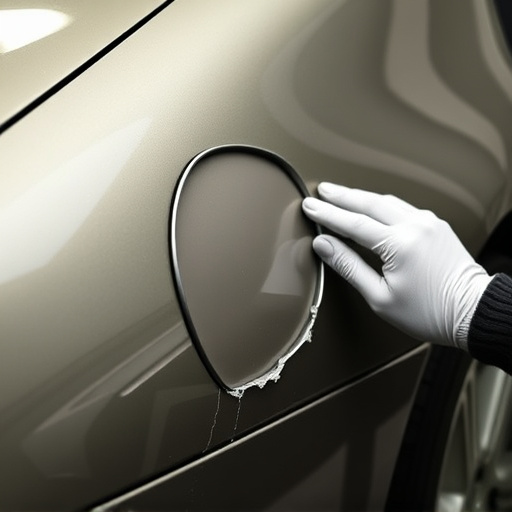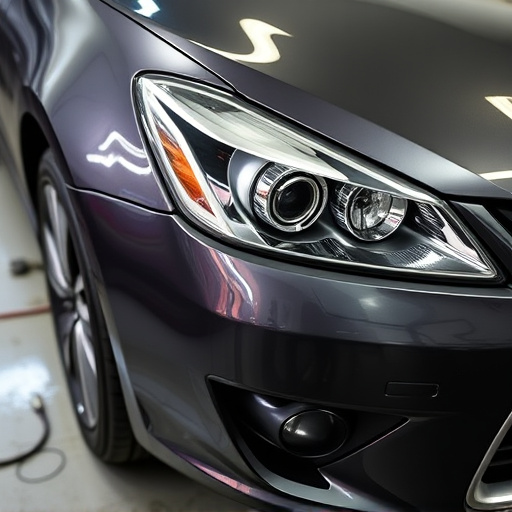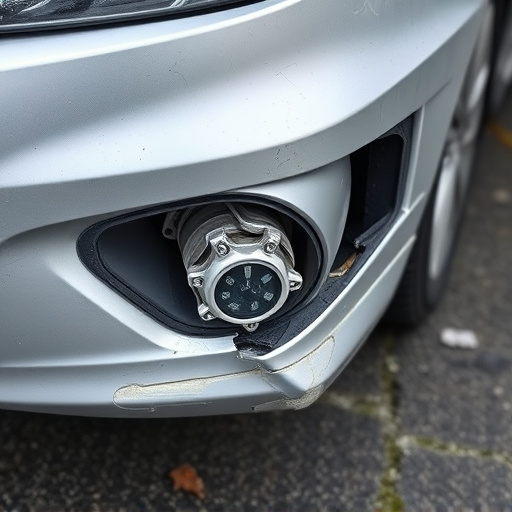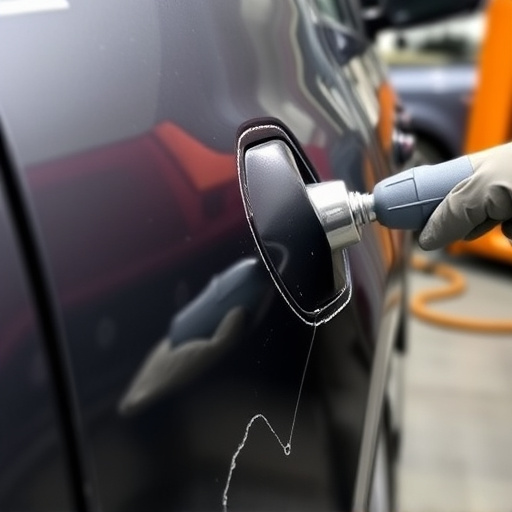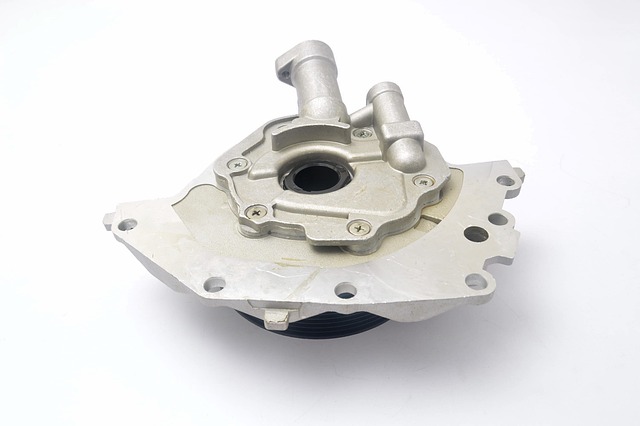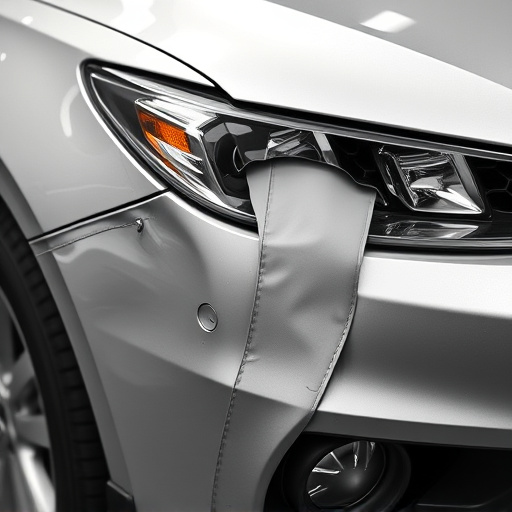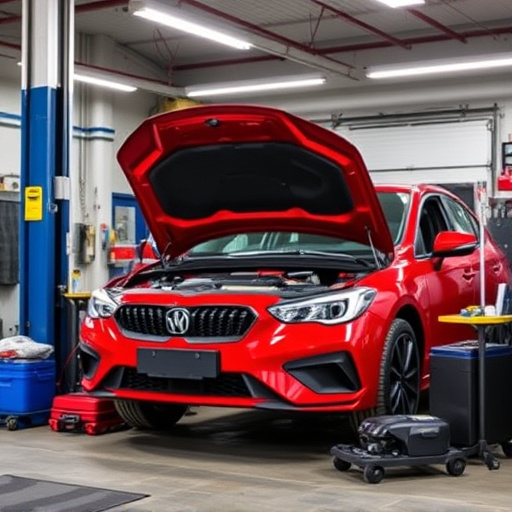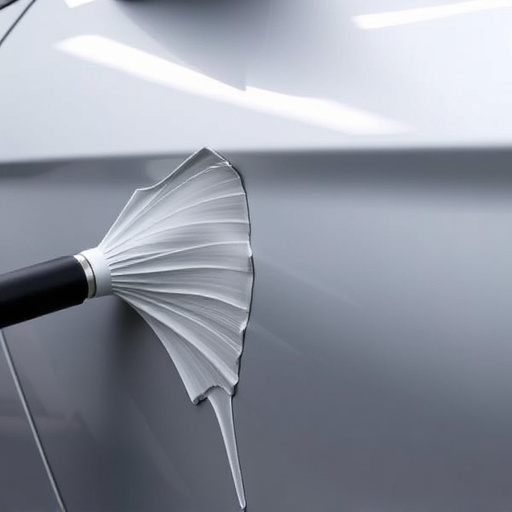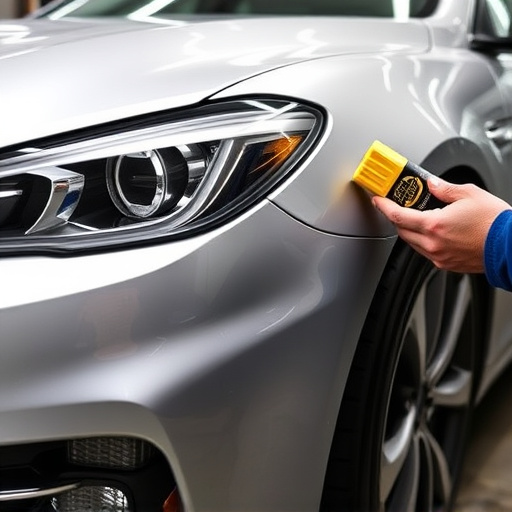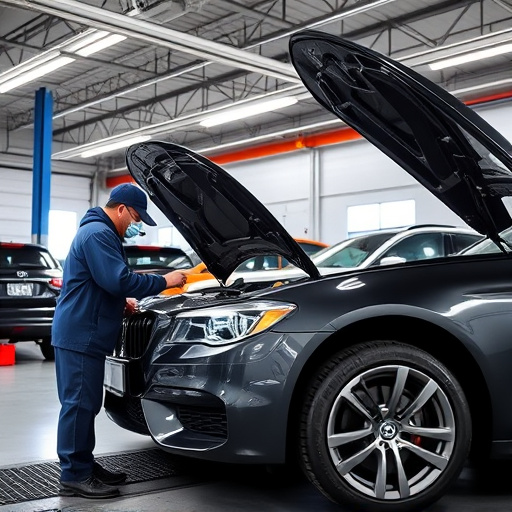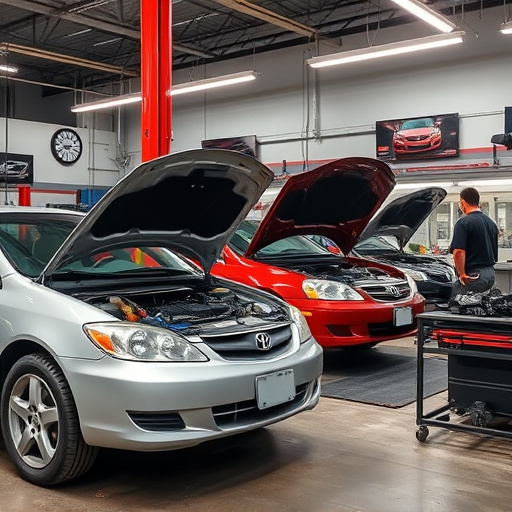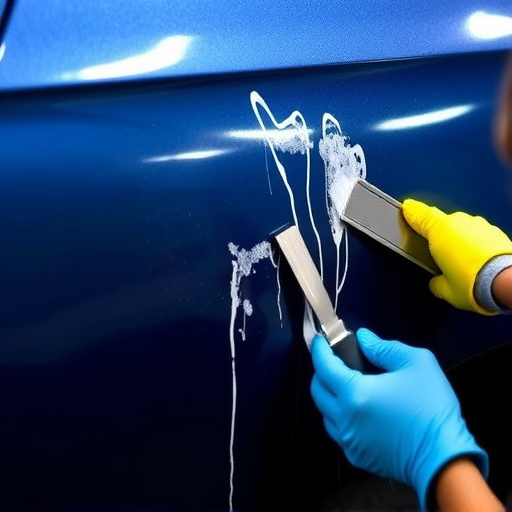Paintless dent repair (PDR) revolutionizes auto body repair with swift, cost-effective solutions for minor vehicle damages, minimizing paint alteration and turning around vehicles faster compared to traditional methods. This benefits dealerships by enhancing customer satisfaction, streamlining operations, optimizing shop space, reducing overhead costs, and boosting repeat business and referrals, especially for premium brands like Mercedes-Benz. Implementing best practices, such as comprehensive technician training, standardized processes, modern technology, and strategic scheduling, can further optimize PDR time, improving overall efficiency in vehicle body repair and bumper repair scenarios post-collision.
In today’s fast-paced automotive landscape, dealerships are constantly seeking ways to enhance customer satisfaction. One area gaining significant attention is paintless dent repair (PDR) and its impact on streamlining service times. This article delves into the efficiency of PDR, exploring how its quick turnaround times benefit both dealerships and their customers. We’ll uncover best practices for optimizing PDR processes, ensuring minimal downtime and maximum convenience for all involved.
- Understanding Paintless Dent Repair Efficiency
- Benefits of Quick Turnaround Times for Dealerships
- Best Practices for Optimizing PDR Time
Understanding Paintless Dent Repair Efficiency
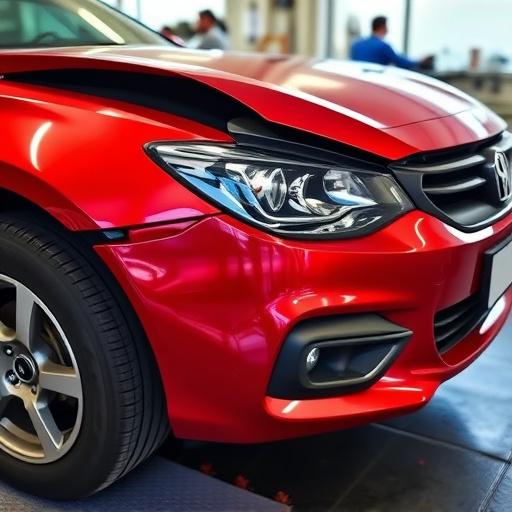
Paintless dent repair (PDR) has revolutionized the way automotive body shops address minor damages on vehicles, particularly fender benders and small dents. The key to its success lies in efficiency—a significant advantage over traditional dent removal methods. PDR techniques enable skilled technicians to restore a vehicle’s exterior to its original condition with minimal paint alteration or replacement. This process saves both time and money for auto repair near me businesses and their customers.
By focusing on precision and speed, automotive body shops can offer quicker turnaround times without compromising quality. Efficient PDR means vehicles are back on the road faster, reducing downtime for owners. Moreover, as a cost-effective solution, it’s an attractive option for those looking to avoid extensive vehicle collision repair while maintaining a flawless finish.
Benefits of Quick Turnaround Times for Dealerships
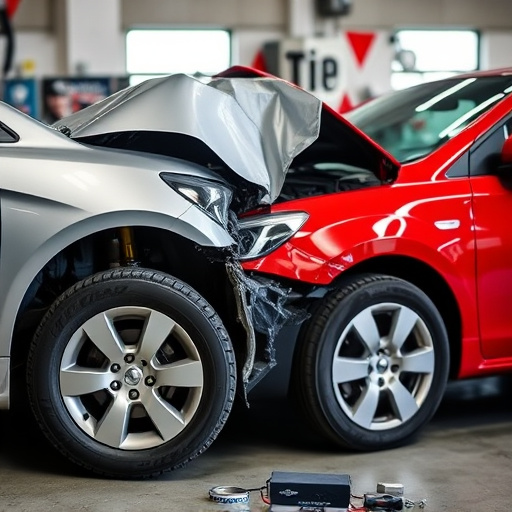
Quick turnaround times for paintless dent repair offer significant advantages to dealerships. One of the key benefits is improved customer satisfaction. When a dealership can efficiently fix dents, often within hours, it demonstrates a commitment to service that resonates with customers. This speed doesn’t just make clients happier; it encourages repeat business and positive word-of-mouth referrals.
Moreover, efficient paintless dent repair streamlines dealership operations. By minimizing wait times and maximizing the use of specialized technicians, dealerships can optimize their shop floor space and reduce overhead costs. This is particularly beneficial for high-end brands like Mercedes-Benz repairs, where quick and precise automotive body work is not just a service preference but a requirement for maintaining brand reputation. Efficient repair processes also contribute to better inventory management, ensuring that vehicles are off the repair bay and back on the road or lot faster, leading to increased revenue potential.
Best Practices for Optimizing PDR Time
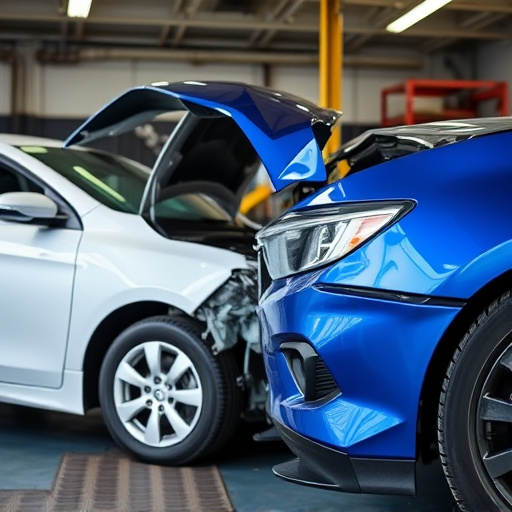
In the quest to optimize paintless dent repair (PDR) time, dealerships can significantly enhance efficiency by adopting several best practices. First and foremost, proper training is key. Technicians should be adept at using specialized tools designed for PDR, ensuring they can quickly and accurately assess dents and apply the right techniques. Standardized processes, including pre-inspection routines and efficient material management, streamline operations and minimize delays.
Additionally, utilizing modern technology like digital measuring devices and software for image analysis can greatly aid in precision repair. Efficient communication between technicians and estimators is another vital aspect, ensuring everyone involved has a clear understanding of the scope of work. Effective scheduling, considering factors like appointment spacing and technician load, further contributes to minimizing wait times and maximizing PDR time effectiveness in both vehicle body repair and bumper repair scenarios, even post car collision repair.
Dealerships that prioritize paintless dent repair time gain a significant competitive edge. By understanding the efficiency of PDR, leveraging its benefits, and adopting best practices, they can streamline operations, enhance customer satisfaction, and ultimately drive sales growth. Optimizing paintless dent repair time isn’t just about speed; it’s about achieving perfect results while providing a seamless experience for every customer.

